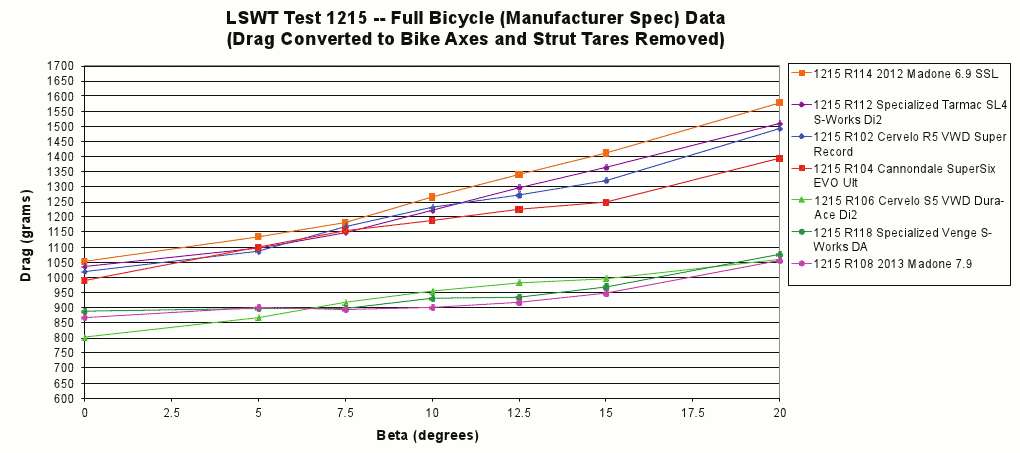For your answer, the typical number is that 80% of a rider's power is used to overcome the effects of aero drag. 2/3rds of that is caused by the rider and 1/3rd by the bike. Weight and rolling resistance have smaller effects. So obviously a more aero/better fit bike will make a bigger difference than a frame upon which you sit more upright and ride like a "parachute" in the wind.
So if you are optimally positioned on a frame and have good flexibility to ride a large drop, you have theoretically maxed out the drag caused by the rider (can add more aero helmet, clothing, shoe covers....etc.). However there is still that 1/3rd hanging out there for the drag of the frame. If you are looking to save every watt, your position is already maximized, have aero wheels, then the frame leaves one of the last places to save some time. At least that is how I see it.








